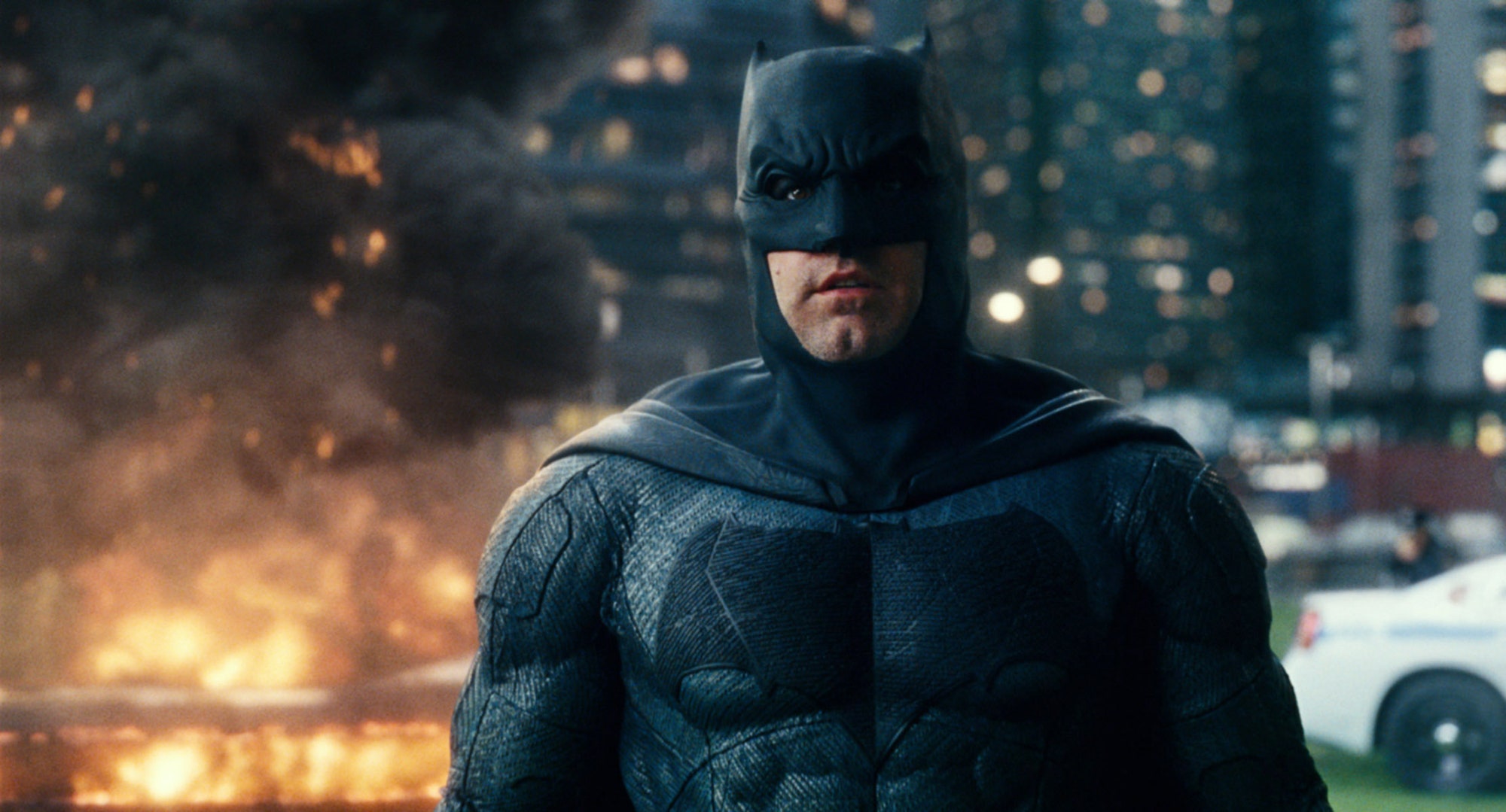Distorting Deconstruction
“I do take a deconstructivist point of view,” Snyder tells Rogan explaining his approach to well-regarded characters with a strong fan base. “People are always like ‘Batman can’t kill,’ so Batman can’t kill is canon. And I’m like, ‘Well, the first thing I want to do when you tell me that…’” Snyder doesn’t finish the sentence, instead giving way for he and Rogan to chuckle together at the thought.
Harmless as the chuckling is, the fact that Snyder can’t finish the sentence right away speaks volumes about his (mis)understanding of deconstructionism, let alone how Alan Moore and Frank Miller applied the approach to superheroes. Deconstructionism is a subset of postmodern philosophy, one that embodies theorist Jean-François Lyotard’s definition that postmodernism is a refusal to believe in grand narratives. Rather than accept grand narratives as transcendental givens, the deconstructionist breaks down concepts to uncover the beliefs and assumptions driving them.
That approach can be seen in the two comics that Snyder cites as his biggest influences, Watchmen and The Dark Knight Returns. In the former, writer Alan Moore and penciler Dave Gibbons imagine superheroes not as arbiters of virtue, but as victims of power politics. Without the opportunity to express that power, they feel totally impotent. But when the power is granted them, they gain strength and even the power to help other people, something necessary in light of nuclear holocaust.
In The Dark Knight Returns, Miller presents Batman as less a hero and more a “terrorist who fights the right enemies.” His Batman relishes the pain and suffering he can inflict, and he traces the cause of modern evil to pop psychology, inept police forces, and the media. Batman saves the day by exposing all of these forces as the source of trouble in the modern world, creating followers such as Carrie Kelley, the new Robin.
According to Snyder, these two comics prevent him from accepting the standard readings of Batman, Superman, and other heroes that he’s worked on. “If you’ve read those two comics, it’s hard to go back,” he explains. And, to be sure, his work does flirt with deconstructionism — at least when he’s copying Miller, Moore, and other like-minded creators. He expresses no doubt in the grand narrative that these creators and their works are influential and important comics.
Snyder recalls an early pitch meeting in which he showed a producer a copy of Frank Miller’s 300, promising that his approach would be to shoot the images on the page. And even though his adaptation of Watchmen does have some significant departures from the book, much of it recreates Gibbons’ artwork panel by panel.
